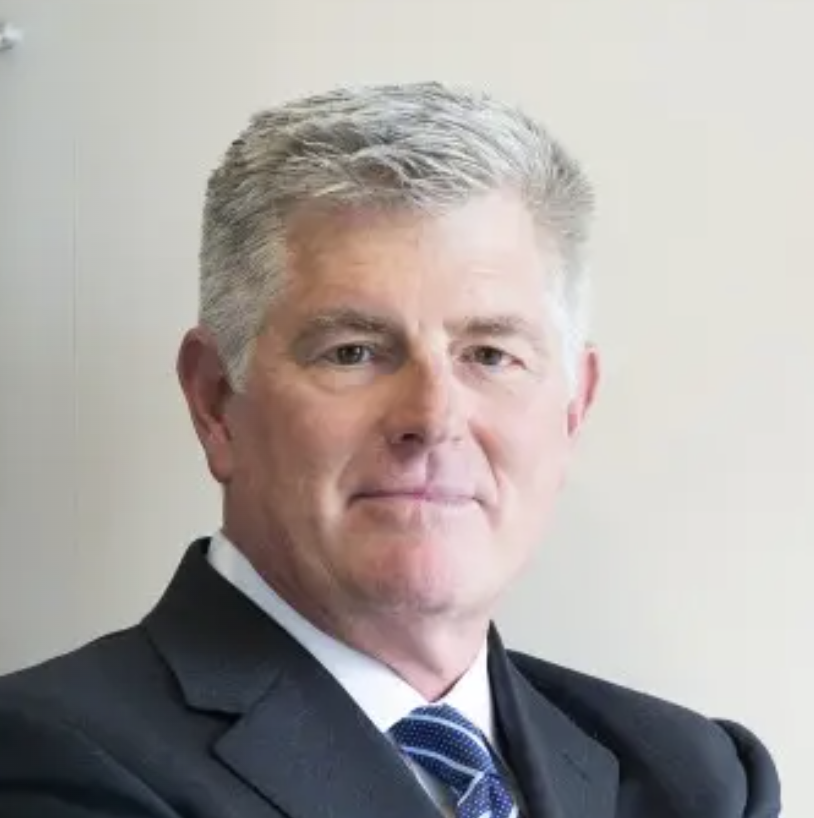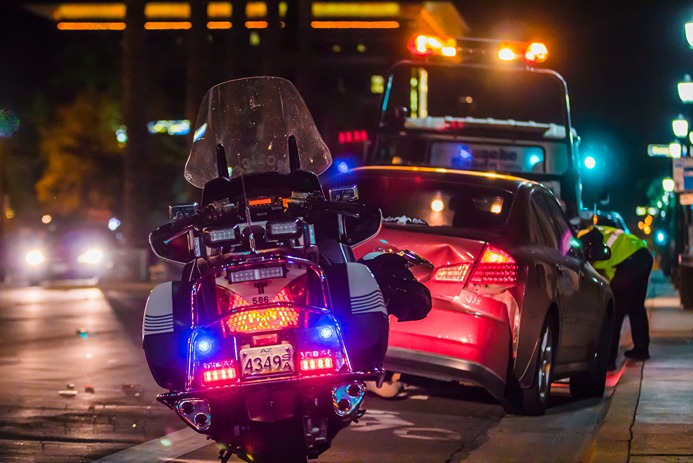
With Boulder’s population growth comes an increase in traffic and accidents.
While most collisions appear to happen randomly, there are dangerous intersections in Boulder, CO, where collisions more commonly occur.
We all know those intersections where we seem to see a lot of accidents.
Drivers in Boulder may recognize these locations as part of their daily routine.
Identifying the risks these intersections present could help keep you safe the next time you pass through.
The Most Dangerous Intersections in Boulder Co
Intersections are locations that tend to be the scene of accidents. Despite these risks, daily commuters continue to use these intersections to get from point A to point B.
- University & Broadway
- Valmont & 28th
- Arapahoe Avenue & 30th Street
- Pearl Street & 28th Street
- Broadway & Baseline Road
- Folsom & Pearl
If you suffered injuries in a car accident at one of these dangerous intersections in Boulder or any other location in Boulder, contact a personal injury lawyer to explore your options.
Why Are These Intersections So Dangerous?
Certain factors create a greater risk of collisions at intersections. Remembering these factors could help drivers become more vigilant of possible dangers and reduce their chances of getting into a crash.
Volume of Traffic
A higher number of vehicles using a particular intersection lead to a higher incidence of accidents.
For example, intersections prone to heavy congestion during commuting hours, or those regularly experiencing high traffic due to proximity to highway entrances or exits, often see increased rates of collisions.
No Designated Turning Lanes
Intersections without designated turning lanes often have a higher incidence of traffic collisions.
For example, those locations with multiple unprotected left turns force drivers to act promptly when attempting to make a turn before the light turns red.
Unfortunately, this quick action could lead to accidents when oncoming cars enter the intersection.
Speeding
Going too fast through an intersection often leads to collisions. Motorists may want to beat a signal before it turns red.
Visibility
Poor visibility leads to more accidents. For example, intersections at the top of a hill or under an overpass can lead many drivers to miss a signal or fail to see oncoming traffic.
Signage
Intersections containing hard-to-follow traffic patterns or unclear signage commonly lead to collisions.
When motorists have difficulty navigating a confusing intersection, they may pause, stop, hold up traffic, or make mistakes. Unfortunately, in a high-traffic intersection, these actions produce dangerous results.
What To Do After An Accident
You can take several steps right at the scene of an accident to protect your rights and support your claim for compensation.
- Call emergency services. Even if you believe you didn’t suffer any injuries, contact emergency services to obtain an evaluation before leaving the scene. If you can go on your own, immediately head to get a medical assessment to document the extent of your injuries.
- Request police assistance. Reporting police officers document the scene of the accident and create a police report. This vital document is helpful for your attorney in gaining a trustworthy and unbiased third-party opinion of the collision.
- Document the scene. Photograph the surrounding location, the vehicles involved, your injuries, signage, or defects in the road that may have led to the accident. This evidence can help establish liability and provides tangible support for your compensatory demand.
- Speak with witnesses. Obtain the names and contact information of any witnesses. Their testimony may be vital to support your claim.
- Get contact information. Get the name, contact information, and insurance details of all drivers involved in the collision.
Lastly, contact a personal injury attorney. As you focus on your recovery, your personal injury attorney uses the evidence obtained at the scene of your accident to investigate and build a strong case on your behalf.
Contact Us
No one ever wants to hire a personal injury lawyer. At the Tenge Law Firm, we know that people call us because they have experienced a life-changing event.
We feel a profound responsibility to ensure our client’s physical and emotional well-being during one of the worst times of their life.
Our legal team values each client and understands our role is more profound than just that of an attorney.
It means we act as a confidant, advocate, sympathetic ear, and friend. If you suffered injuries on one of the most dangerous roads in Boulder, CO, contact our firm today for a free consultation to find out how we can help you.

